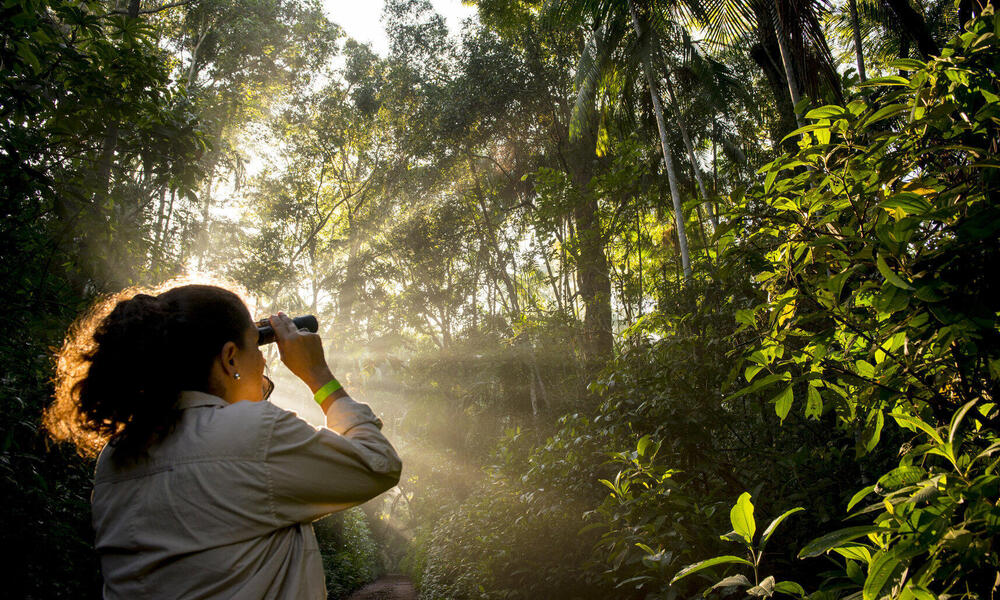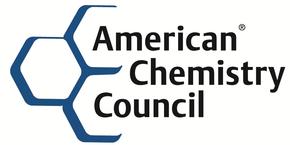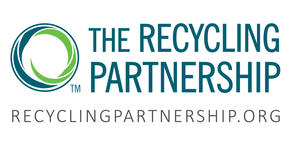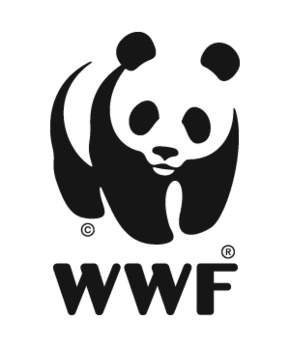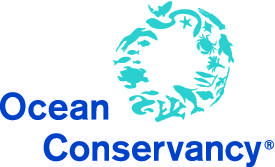
Our Vision
We envision a global system of efficient, cascading reuse of materials, allowing every business and industry to protect their profits, the environment, and the future wealth of our natural resources.
Our Purpose
Aligned around this shared vision of a responsible future, we aim to use a common framework of guiding principles in order to:
• Inform decision making that will expand the availability and use of high-quality secondary materials.
• Influence all relevant sectors toward achievable, sustainable, and inclusive solutions that address the systematic issues that prevent the creation, trade, and use of secondary materials.
The Cascading Materials Vision was developed by a collaboration spearheaded by WWF that brings together the world’s leading brands, policy-maker, materials, management solution providers and environmental non-profits.
Doing more with less to protect the planet
Global populations are rising. About 7.5 billion people walk the planet today, and we expect that to escalate to 9 billion by 2050. More people means more production of the goods we need and more extraction of the planet’s limited natural resources.
As we face increasing resource scarcity, we also throw away valuable resources each day in the form of waste. Such waste impacts ecosystems and communities when it leaks into the environment. It’s also signals a lost opportunity to draw more from available resources.
The good news is that in many cases we can reuse materials and do more with less to limit the stress we’re putting on our natural resources. Secondary materials--those that have already been used at least once in some form--could fundamentally change the way we manage our waste and materials usage.
So, what’s stopping us? Businesses want to use more secondary materials, but there are many systemic barriers that make acquisition difficult, including: lack of quality controls, lack of effective and supportive policy based on science, and a lack of sophisticated trading mechanisms (i.e. such as those for commodities). Businesses know these materials will save money and better serve our planet. But a standardized quality control system just doesn’t exist. And ultimately, secondary materials are very hard to source, especially at the quantity and quality needed, being restricted by factors such as seasonal material availability, consistency in collection, and regional differences in availability.
Extending the life of our natural resources
Convening with relevant stakeholders, WWF saw the potential in this area and imperative need to act. And so, in partnership with these stakeholders, the Cascading Materials Vision was created. The Cascading Materials Vision is a common framework of guiding principles for industry and other stakeholders that will help businesses source secondary materials that protect their profits, the environment and future wealth of our natural resources.
